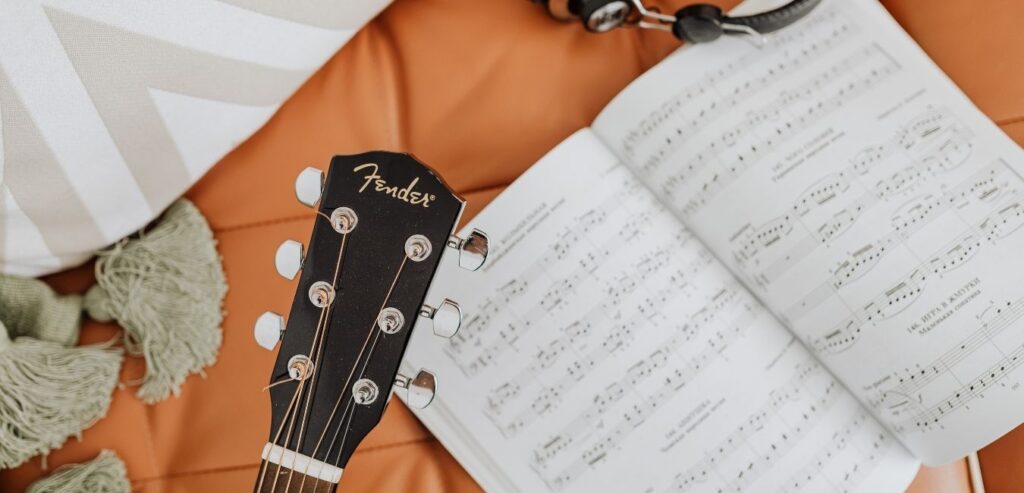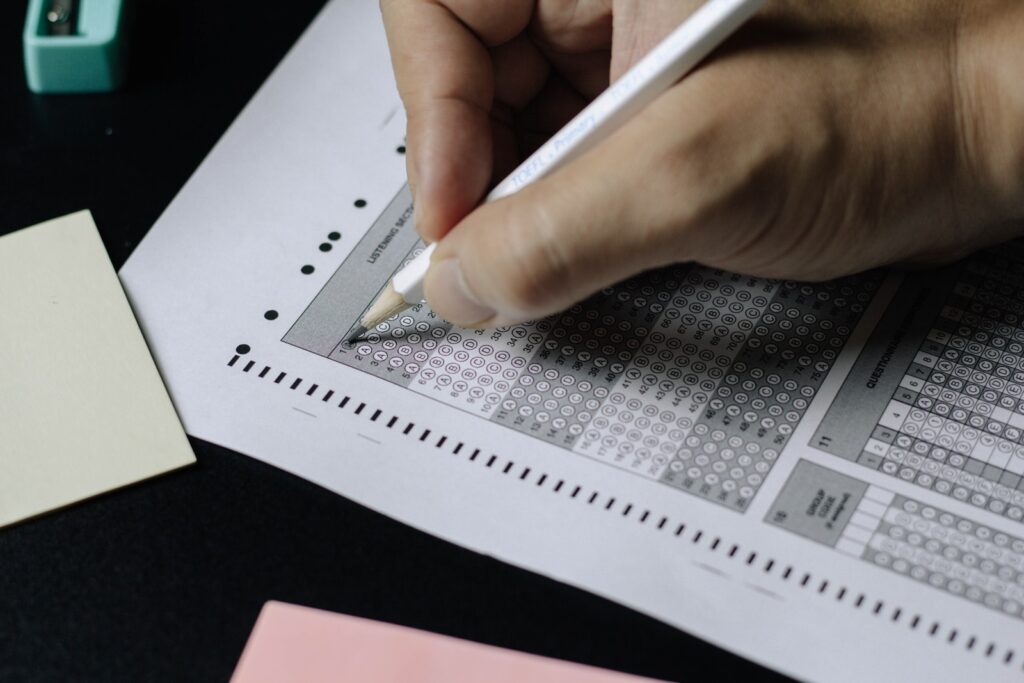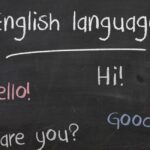How to Use Visualization and Association Exercises for Better Memory and Focus
Don’t just memorize – picture what you’re learning and make connections between different facts.
Visualization and association exercises are proven to increase retention, attention span, and cognitive ability.
Start using visualization exercises and association exercises today to learn better with the mind’s eye.
Table of Contents
What is Visualization?
Visualization is a process that creates mental images that have qualities of actual images. It is a process of using your imagination to create images in your mind.
The Importance of Using Visualization When Learning New Material
Visualization is a technique that helps the brain process new information and retains it more effectively. It allows the brain to grasp new concepts and ideas, which is especially helpful for children and adults of all ages who are trying to learn.
Teaching our children to visualize what they are studying in school will go a long way in building their comprehension and retention of difficult concepts.
Doing so will also greatly reduce the amount of time it takes them to process new information which will allow them to spend more time on other tasks.
READ MORE:
How to Use Visualization to Improve Memory?
Use a picture, image, sound, smell, taste, or feeling as a form of a memory trigger.
The next time you need to recall something from your past make sure you have an image of it in your mind’s eye along with a memory trigger from the list above.
The more senses you use, the easier something will be recalled.
READ MORE:
The Role of Association in Our Brains
Association is the process of linking two different things together, which is the glue that holds our memories, thoughts, and sensations together.
Association is a mental process in which a person makes connections between two or more different ideas or objects.
This process allows humans to use one thing they’re familiar with to understand something unfamiliar and can be applied to any number of subjects, from abstract ones like time, gravity, and infinity to more grounded ideas like cake or beds.
READ MORE:
The Benefits of Creating Associations Between Memories and Objects
Creating associations between memories and objects often yields a number of benefits.
One of the benefits of associating memories with objects is that it helps in the recall process. It makes the brain do less work and gives you more time to focus on other things.
Another benefit to associating memories with objects is that many people can use an object they saw as a child, which could make for good marketing efforts and create more emotional bonds.
Lastly, research has shown this type of association can help reduce stress.
READ MORE:
Tips on How to Use Association Exercises Effectively in Your Life
Association exercises are a cognitive technique that can be used to improve memory and creative problem-solving. They work by “unblocking” your brain by linking new information to an existing memory or idea.
The repetition of this process enables the brain to see new connections between ideas which otherwise might not have been made obvious.
How To Use Visualization and Association together to Make Your Memory Stronger and Improve Recall Skills
Step 1: Create images in your mind of what you would like to remember.
The following are examples: an egg, a puppy, a TV, a chair, a watermelon, etc.
Step 2: Organize these objects into a story by associating them one after another.
An egg flew through the window and hit a puppy. This frightened the puppy, who then ran into the living room and hit the television; this caused it to fall over and squash a watermelon that was sitting on a chair.
Step 3: Repeat the story until memorization
This is the last step. Repeat the story about few times without interruption until the story is memorized.
Tips for Improving your Visualization & Association Skills
Tip 1. Read more fiction books – helps you be more creative
Tip 2. Practice associating words with images – use flashcards or make lists of words that you can associate with images. Make sure to include a variety of word images in this practice session to improve your skills in recognizing patterns and noticing missing pieces when associating words and images.
Tip 3. Practice visualization skills – close your eyes and imagine what something might look like if it was different than it is. For example, imagine a grocery store that has no customers or employees, or that has a security guard standing at every entrance. Now visualize this empty grocery store with its lights on and floors clean.
READ MORE:
A Map of the Brain: How Mind Maps Visualize and Associate Knowledge
What is a Mind Map?
Mind maps are a visual way to organize information and they are a great way of recording and visualizing our thoughts.
What is the Purpose of a Mind Map?
A Mind Map can be used in any domain where information needs to be organized, such as brainstorming sessions, knowledge transfer, or event planning.
The Process of Creating a Mind Map: The Key Steps
A mind map is a diagram used to visually organize information.
The key steps in creating a mind map are as follows:
- Step 1 : Decide what information you need to organize.
- Step 2 : Create a central idea or topic for the mind map.
- Step 3 : Draw a big circle to represent the central idea or topic.
- Step 4 : Branch off into smaller circles to represent ideas related to the central idea.
- Step 5 : Build branches in the mind map until you reach a level of detail that makes sense to you.
- Step 6 : Color code the branches as needed.
- Step 7 : Finally, build links from one branch back to the central idea.
- Step 8 : Add details and images where needed.
READ MORE:
The Science Behind Memory Palaces: Visualization and Association
Memory Palace Techniques are a great way to memorize large amounts of information. They work by associating your information with a physical space in your mind. This is done by imagining yourself in a familiar place and mentally walking around the rooms.
What is a Memory Palace?
A Memory Palace is a mental visualization technique that allows one to remember complex sequences of items, such as lists or cards.
It uses a journey through the palace with different rooms, such as the front hall, dining room, drawing room, and library.
This technique is based on the idea that it is easier to remember images than it is to remember words.
READ MORE:
How to Build a Memory Palace?
Memory palaces are a technique used to help remember things. They use the mind’s natural ability to recall images, sounds, and associations to easily store information.
There are three steps in order to build a memory palace:
- Step 1: You need to think about where you want to use your memory palace. It can be in your living room, bedroom, or even the bathroom. Just make sure it’s a familiar place where you feel comfortable.
- Step 2: Create an image or mental map of the locations in your new memory palace. Make sure to include locations where you want to place the items that you need to remember.
- Step 3: Associate each item with one location of the memory palace.
READ MORE:
Benefits of Memory Palace Techniques
Memory palace methods can be used to improve memory and focus. The technique relies on linking spatial locations with information. This is an ancient technique that has been used for centuries to remember long lists of numbers, vocabulary, or other information.
READ MORE:
Conclusion of Visualization and Association:
People have been using visualization and association exercises for hundreds or even thousands of years. These techniques can be powerful tools for learning new material, recalling memories, and making connections between things. It is time you start using these exercises today to improve your memory, focus, mental wellbeing.
READ MORE:








